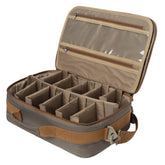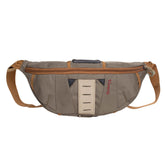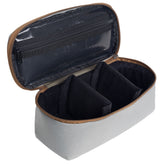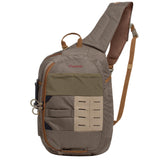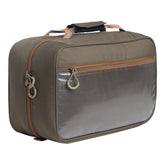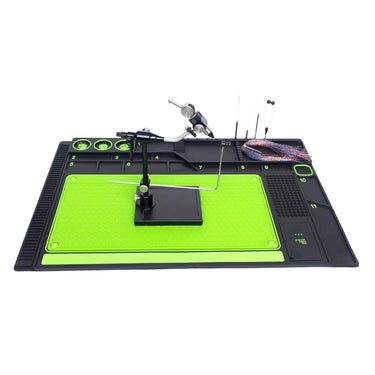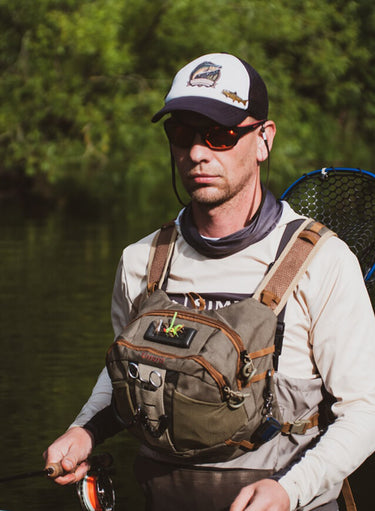Ephemeral Wings
Ah, mayflies—where do I even start? These little bugs are the bread and butter of trout fishing, and if you’ve ever seen a fish lose its mind during a hatch, you know exactly why. There’s not just one mayfly, mind you—there are thousands of the darn things, and every one of ‘em has a fly pattern to match, from tiny nymphs to those delicate adult dries that drift like confetti on the water.
Now, here’s the thing about tying ‘em: you’ve got options. Hooks? Size 22 for those finicky spring creek trout, all the way up to an 8 if you’re after something with a bit more heft. And the materials? Oh boy. Some tiers swear by synthetic dubbing for durability, but honestly, nothing beats the natural look of deer hair for wings or pheasant tail fibers for those wispy tails. I’ve had days where a sparse CDC fly out-fished everything else in my box—go figure.
What’s wild is how many species there are. Over 3,000? Yeah, good luck memorizing ‘em all. I sure haven’t. But here’s the kicker: fish don’t care about Latin names. They just know a mayfly when they see one. Match the size, the color, and the stage—nymph, emerger, or adult—and you’re golden. The Baetis hatch on the Bighorn? Pure magic. And don’t get me started on the English chalk streams during a Ephemera danica blizzard—it’s like trout Thanksgiving.
As for where to fish ‘em… well, anywhere, really. Fast rivers, slow lakes, even some sneaky spring creeks. But do yourself a favor: check what’s hatching before you tie on a fly. Nothing worse than tossing a size 16 Adams when every fish is glued to the bottom slurping nymphs. Trust me, I’ve been that guy.
And those famous mayfly waters? Yeah, they’re worth the hype. But some of my best days have been on no-name creeks where the fish haven’t seen a fly in weeks. Sometimes, it’s not about the destination—it’s about finding that one fly that makes ‘em eat.



